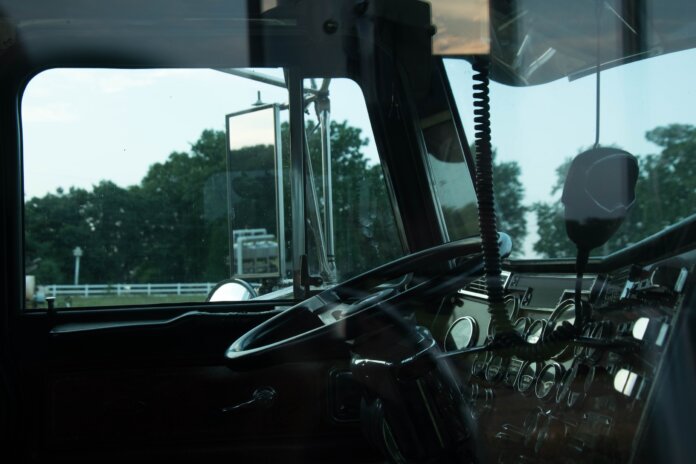Recent research from the Diesel Technology Forum (DTF) shows that the number of new near-zero-emission diesel trucks on the road increased 10.2% between 2021 and 2022.
Moreover, the overall population of near-zero emissions diesel technology trucks is growing. They comprise 57% of all commercial diesel trucks (Class 3-8) on the roads today. These trucks are equipped with particulate filters and selective catalytic reduction systems that achieve near-zero levels of emissions.
The group’s analysis of S&P Global Mobility TIPNet Vehicles in Operation data as of December 2022 further found that 95.4% of Class 8 trucks in operation that are 2010 or later model years use advanced diesel technology, while 2.1% are compressed natural gas, 0.3% are electric, and the remainder are gasoline or other fuels.
For the entire commercial truck population (Class 3-8), 75.6% are powered by diesel, 22.9% by gasoline, 0.46% by CNG, 0.85% by another fuel (ethanol, fuel cell, LNG, propane, 0.85%), and 0.09% electric.
Illinois is the state with the fastest-growing registration of new advanced diesel technology Class 8 commercial trucks, up 4.6% as of December 2022 as compared to 2021.
Indiana ranks first of the states for the highest percentage of registrations of 2010 and later model year near-zero emission diesel trucks (73.2%). Next in the rankings are Utah (66.2%), Pennsylvania (66.0%), the District of Columbia (65.4%), Texas (63.6%), Oklahoma (62.6%), Florida (62.3%), Illinois (60.6%), Louisiana (59.2%), and Wisconsin (59.1%). California lags the national average, taking the 35th spot (51.6%).
Photo by Jason Mitrione on Unsplash






